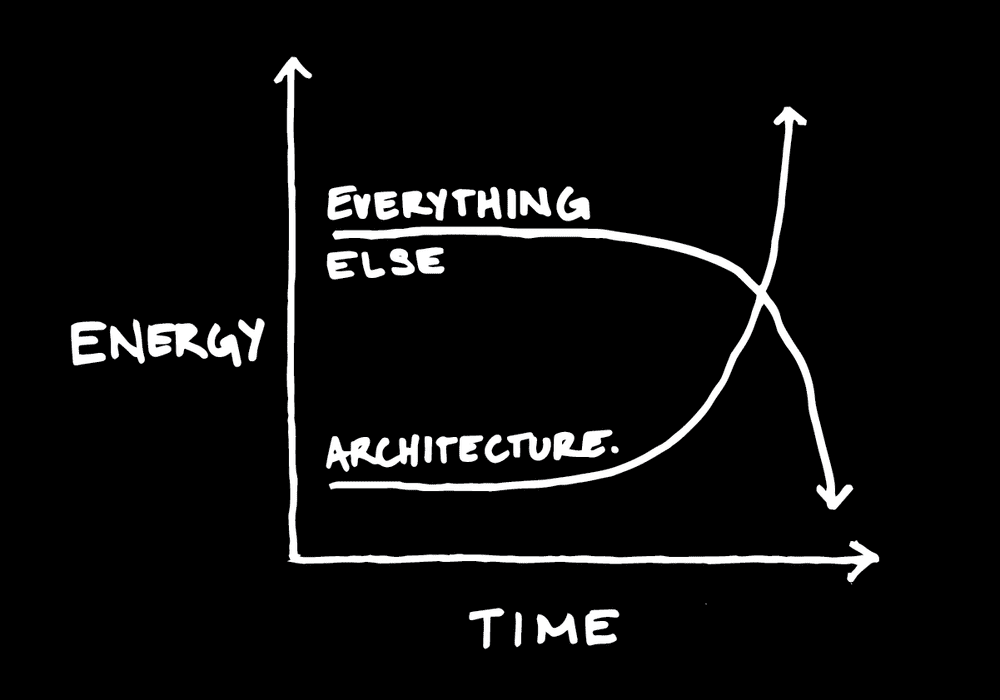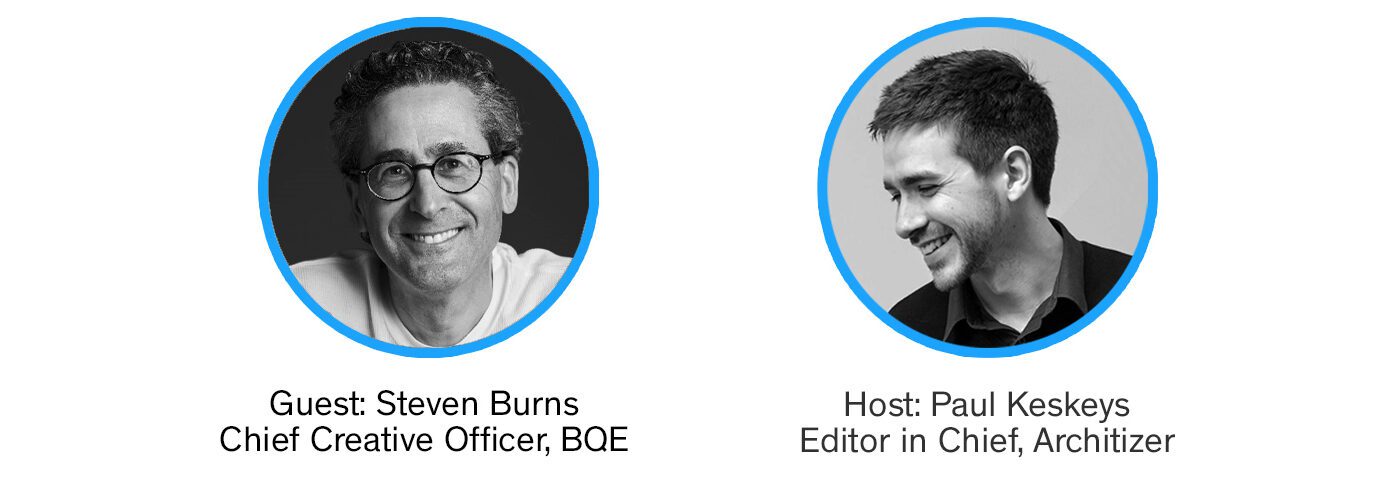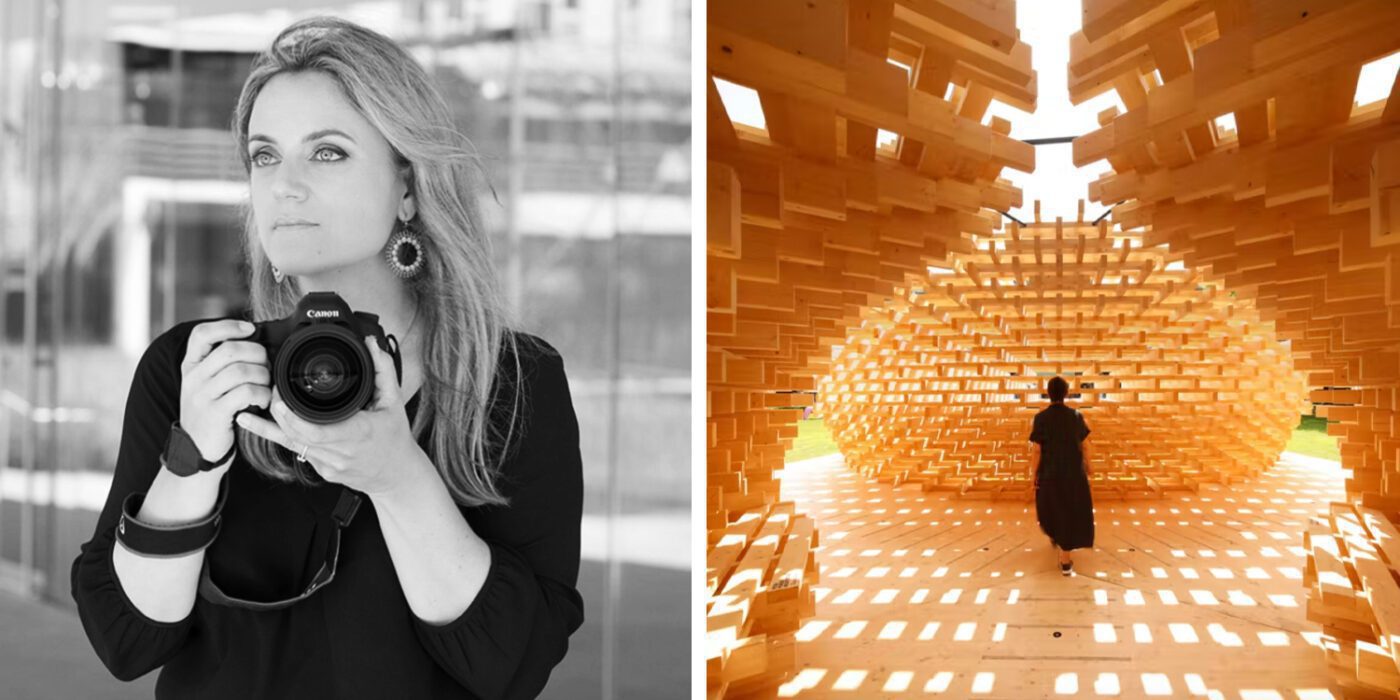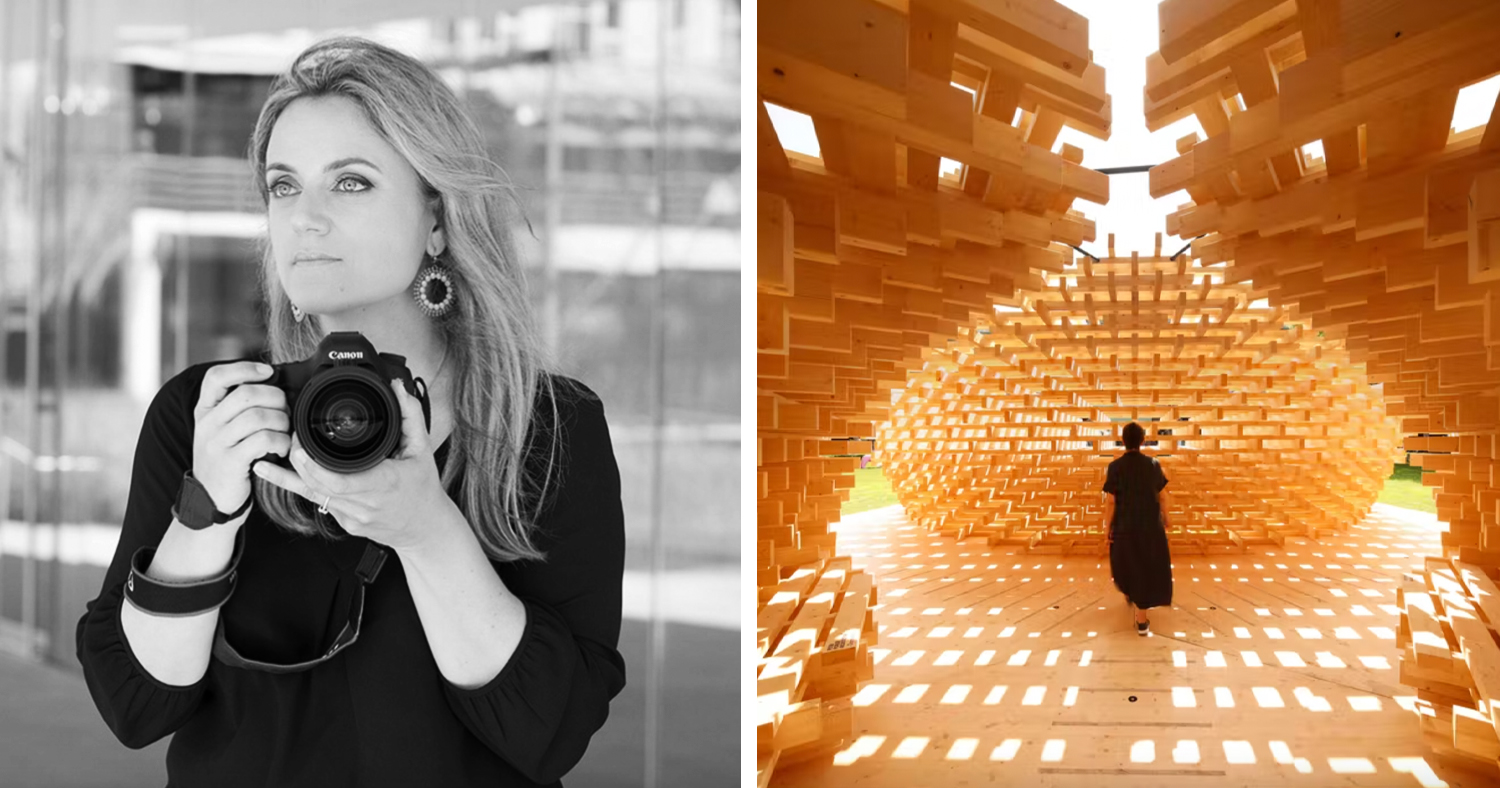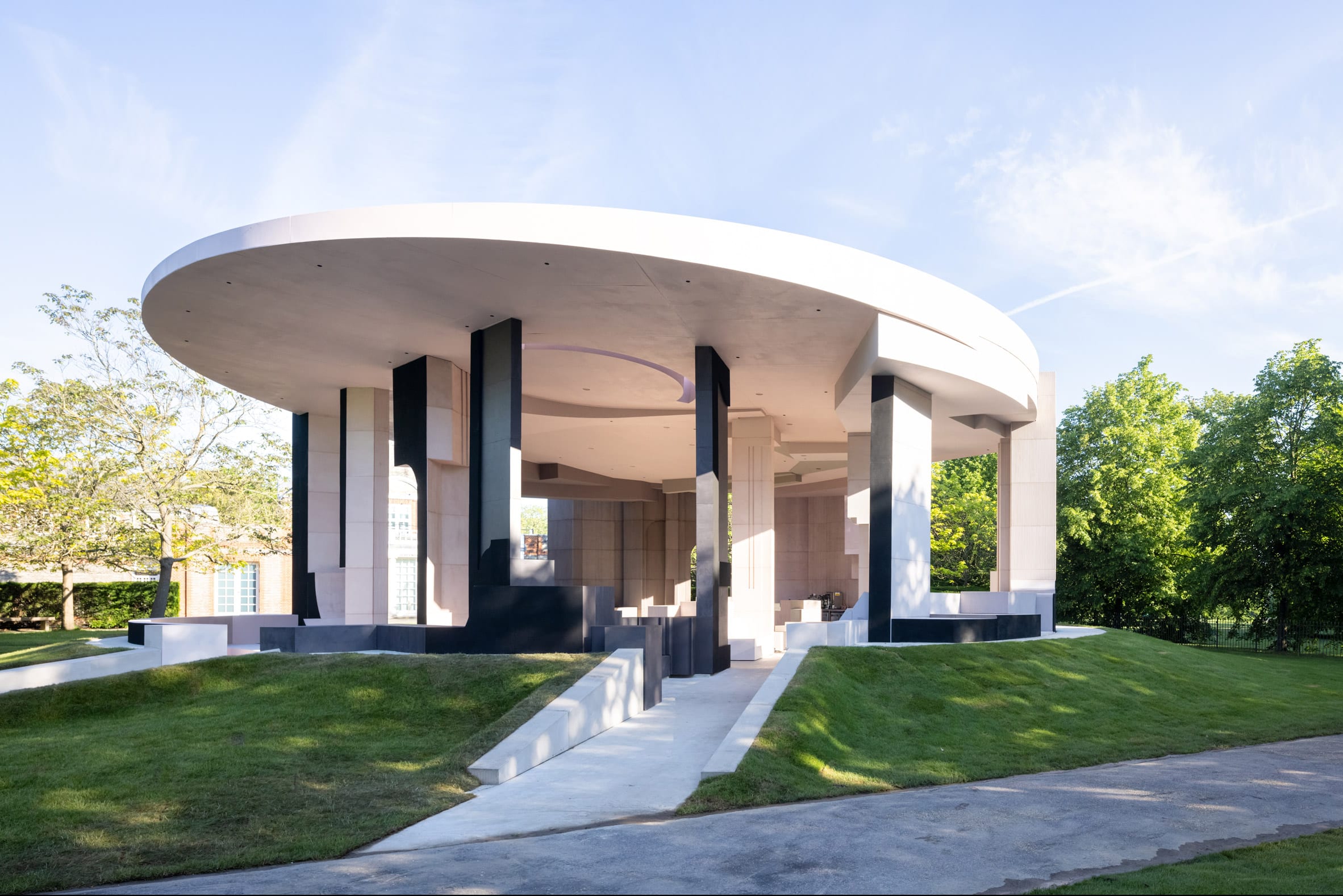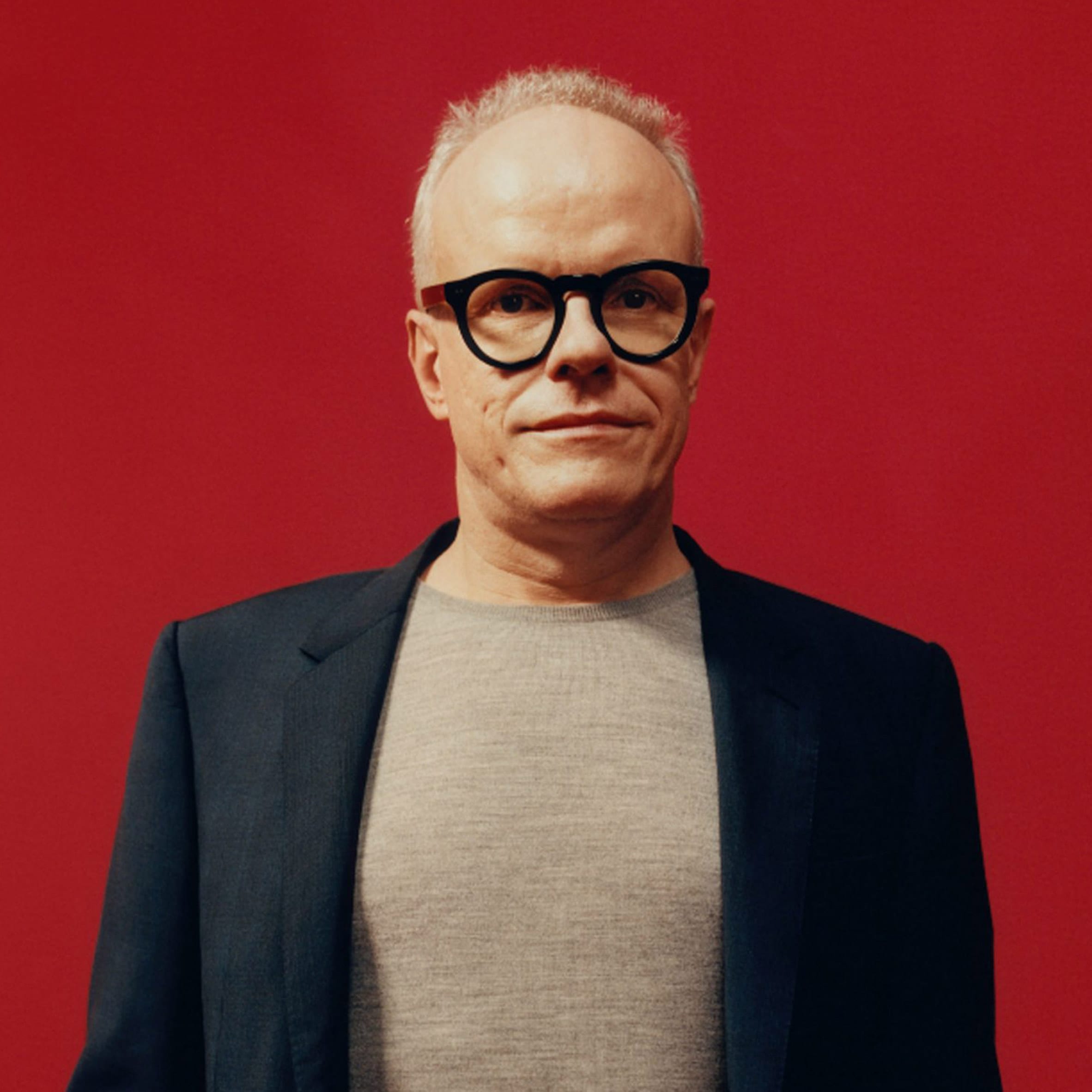“Architects, We Need To Talk.”
Erin Pellegrino and Jake Rudin are the co-founders of Out of Architecture, a career consulting firm helping architects and designers find creatively fulfilling roles beyond the bounds of traditional architectural practice. Nikita Morell is a copywriter for architects and the founder of Architects WordShop. She is on a mission to make architecture websites sound more human, less robot.
Architects, we need to talk.
We need to talk about being overworked, underpaid and undervalued.
We need to talk about how sacrificing your health, sanity and relationships at the altar of architecture and for the glory of good design is not okay. Burnout is like a dormant virus. It incubates in architecture school, spreads through architecture companies and slowly infects your entire life. It sounds grim. Because it is.
We need to talk about the “M” word. Yes, money, money, money. It seems no one wants to talk openly about money and *gasp* profit. Straight out of architecture school, we’re conditioned to believe it’s better to work for peanuts at a Starchitecture firm than to find a role that will help us pay off our student loans.
We need to talk about all the ways we get pigeonholed into exercising only a handful of skills — often the ones we don’t enjoy as much. It’s time we talk about all the skills we have and how they can be applied to roles outside of architecture.

But, why aren’t we already talking about these things…
When your boss gives you a dirty look as you try to leave for the day at 6:30pm. Or when you’re running on coffee and Red Bull as you pull another all-nighter. Why don’t you speak up? Tell your boss to ‘back off’?
Maybe you feel like you’re letting your team down by leaving or that your boss will think you’re not taking your job seriously. Whatever the reason…
It isn’t your fault.
We know not everyone is in a position to talk about feelings of discontentment. You can’t talk with your boss or colleagues (they’ll think I’m ungrateful!). You can’t talk to your family (they’ll question; why do you want to throw away years of study!). You can even post on social media (what happens if my boss/peers see it!).
It’s easier, less awkward, and non-confrontational to quietly daydream about changing your situation or job than to *actually* talk about it. (Come on, be honest, how many times a day do you think: “I can’t do this anymore” or “It’ll get better in the New Year / when this deadline is over / [insert excuse here]”?)
You may not be able to talk about it.
But we can.
We’ve spoken to hundreds of designers, fellow architects and people out there who have come to us in a state of burnout, a state of anxiety and a feeling of helplessness — feeling trapped in a discipline they once loved. We want to speak on behalf of those who have trusted us with these experiences.
And we want to share some insights and possible solutions.

Let’s talk about taking care of ourselves…
Creativity never sleeps… but you should. In fact, you’ll be more productive if you do!. No design solution is perfect, there will always be one more possible iteration. Don’t let your employer pressure or guilt you into putting a project before your wellbeing, your health or your personal relationships.
Architecture companies are structured to glorify long working hours because it benefits their bottom line. At the end of the day, the only person who is going to look after you is… you. Good firms design their business around the need to pay employees well and keep them from burning out in the long run.
If you think it’s impossible — look around. Explore jobs outside of architecture where you can lead rich creative lives and take care of yourself.
Businesses that can afford to take care of employees can also be extremely creative. For example: Design strategy for a software company, computational design for a large hardware producer, community engagement for an education consultant or retail design for a clothing brand.
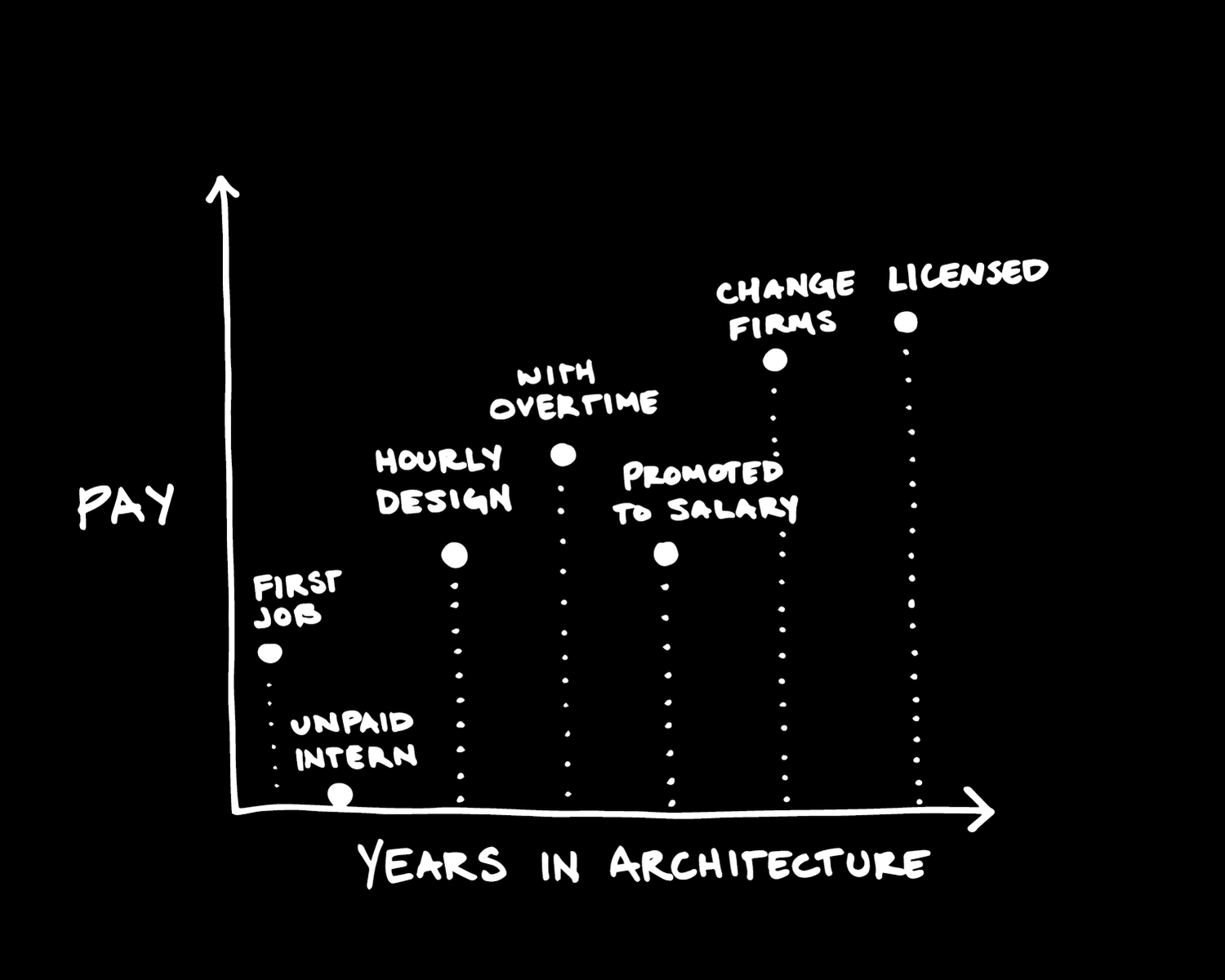
Let’s talk about better pay…
Why do we feel ashamed about the financial value of the work we do? We need to get comfortable with speaking about money and understand the financial value our skills bring to their practices and market.
It’s okay to be motivated by financial success.
It’s no secret that we’re driven by passion. We want to enrich lives and make the world a better place. But it’s also okay to want to earn decent money — so you can pay your bills, send your kids to college and buy that gorgeous vintage Eames chair you’ve got the perfect spot for.
Financial gain and passion are not mutually exclusive. You can have both. You can find a job that you’re passionate about and get a solid paycheck —it’s about finding the right company that aligns with your values. And that values you in return.
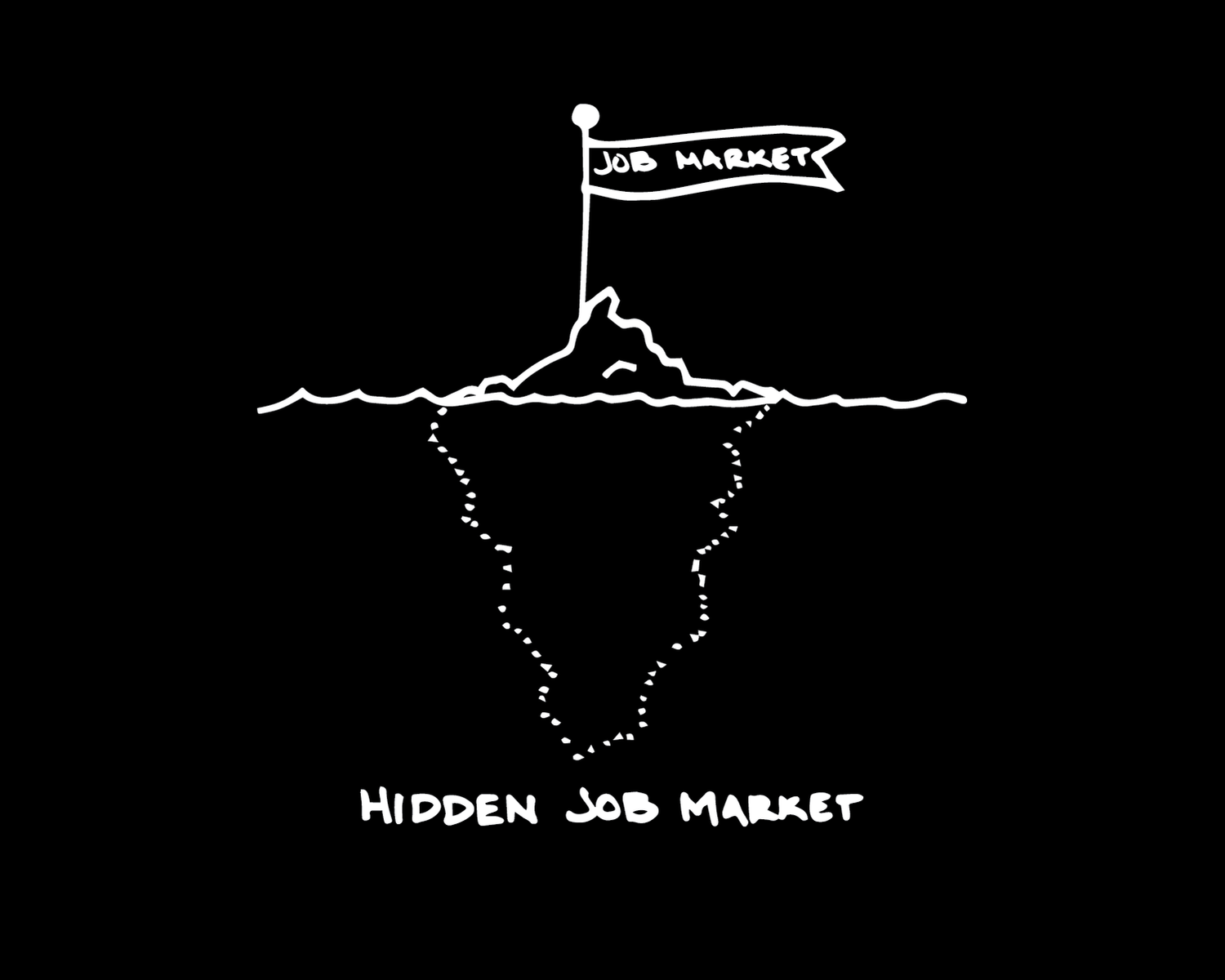
Let’s talk about doing more of the work you love…
If the work you’re asked to do is not aligned with what you want to do. If 90% of your job isn’t the part of it you love, know that there are other options.
Model making. Rendering. Graphics. Website development. Presenting to clients. Designing that tiny bench in the courtyard. These are all specialty jobs that exist beyond the scope of architecture. You can focus on one thing and this can be your whole job.
Here’s the thing: Not all architects have to be architects. Not everyone wants to be a project architect, project manager or principal. There are other paths you can take.
The skills that you have developed, over the course of your career (no matter if you’ve been working for 2 years or 20 years) can be put to use in hundreds of other roles in dozens of other industries.
If you think you want out, look at your options. Talk to other architects who are out in the world doing other equally amazing things. You owe it to yourself to at least explore what else is out there.
We also realize not everyone has the privilege and the circumstances to quit their jobs or change careers right now. You’ve got families to feed, mortgages, and other financial commitments. All these things may prevent you from taking the leap. And that’s okay.
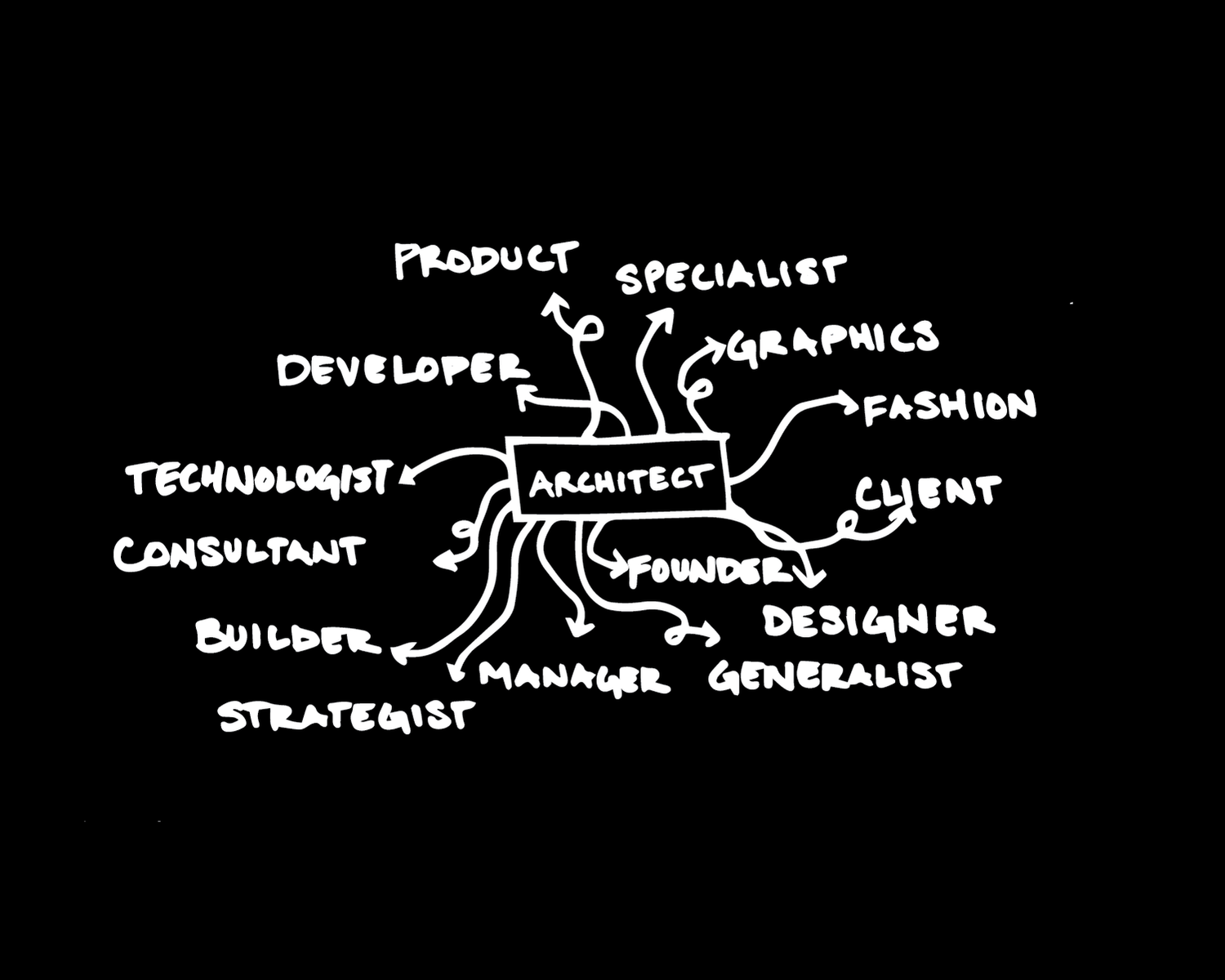
There’s a whole world beyond the title of Architect…
You can get creative fulfillment, passion and purpose both alongside and beyond the title of Architect. The term ‘architect’ shouldn’t isolate us from other kinds of design. It should celebrate our breadth and versatility across design disciplines.
You can leverage your skills, discipline, experience and knowledge in other industries. Here are just some of the ways:
You could be a graphic or visual designer at Amazon, a game designer or environmental artist at Rockstar, a design consultant at Doblin or McKinsey, a UX designer at Kayak, a computational designer at Adidas or New Balance, a real estate developer or analyst at JLL. Business development, customer excellence, client-side project manager, set design, service design, workplace design.
These paths and the stories of thousands of people who have transitioned out of architecture and forged pathways into new industries, are documented in our new book Out of Architecture. Instead of tip-toeing around the topic of leaving architecture, we need architects who’ve applied their skills in other industries to share their stories, to show that there are other paths for people who aren’t happy in the field.
We need to create safe spaces where we can freely discuss our career options. That’s what Out of Architecture stands for, and you can always come to talk with us.
Take action in your career. Even if that first step is just a conversation.
Architects, it’s time to talk.
References
If you’re thinking about making a career change or looking for support in your job search or negotiation, Out of Architecture is here to help. There are loads of resources including our job board, podcasts, and you can book a free consultation with us all on our website at www.outofarchitecture.com.
Even if you’re looking to stay in the profession, talking about your skills and projects in a different way can accelerate your practice. If you’re looking to reframe your narrative, Nikita Morell specializes in copywriting for architects.
Browse the Architizer Jobs Board and apply for architecture and design positions at some of the world’s best firms. Click here to sign up for our Jobs Newsletter.

